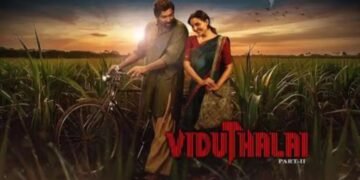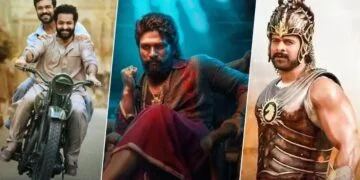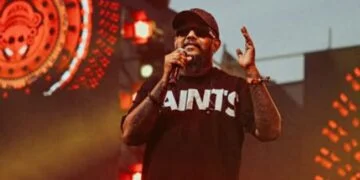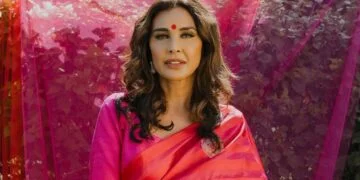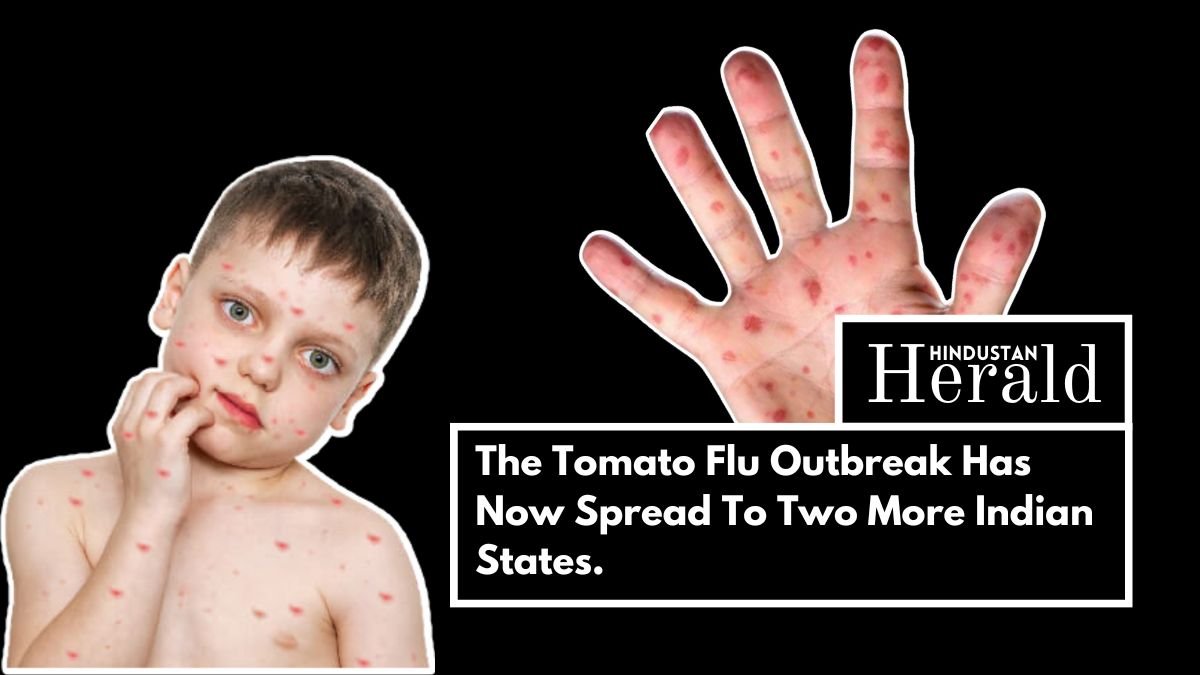New Vaccine…! Most doses given since the drive began There are the highest doses in one day since the route of immunisation began on 16 January. Fourty-three lakh vaccines were also administered in April almost double the previous record of, according to reports.

61.54 lakh doses were also given on Mondays to people aged between 18 and 44. This is one day when India registered 53,256 infections with the lowest coronavirus in 88 days, with a total of 2,99,35,221 in COVID-19. According to the morning update, the COVID-19 toll was 3,88,135 and 1.422 new deaths, the lowest in 65 days.
On the number of vaccines, what did Narendra Modi say: The record number of vaccinations today has been “gladdening,” said Prime Minister Narendra Modi. The greatest recipients are the poor, the middle class and youth of India in this phase of India’s vaccination effort. We should all commit to vaccinating ourselves.
We are going to defy COVID-19 together “Says Modi. According to the Ministry of Health of the Union, five countries with BJP control, such as Madhya Pradesh, Karnataka, Uttar Pradesh, Gujarat and Haryana led special vaccination efforts, reports News18.
More than 7.9 crore vaccines for the inoculation drive were available in May. According to the Centre, in June they ramped up to 11.78 crore. The vaccines provided to the States and TUs by the government of India, to States/UTs procured directly and to private hospitals are included in the free provision of vaccines.
Today the Center has implemented its new revised vaccine policy. Earlier in June, Modi announced that the Center will take over states that are supposed to carry out some 25% of vaccination in the country and will continue to push the population of above 45, health care and the front line.
When did India start to vaccinate? Vaccination of COVID in the country began on 16 January for all health workers. The programme was expanded to include the vaccination of first line employees, citizens over the age of 60, citizens over 45 and ultimately citizens over the age of 18.
The Government of India provided 100 percent of vaccine doses free to state governments, from 16 January to 30 April, in line with the National COVID Vaccination Program. In turn, government governments were requested to administer free of charge vaccination to priority groups that had been identified.
The Ministry said that the participation of private hospitals also included people who could also be vaccinated at a prescribed rate in order to increase the pace of vaccination.
In response to the proposals from many state governments, flexibility is permitted in direct procurement and administration of vaccines based on local requirements according to their own priorities.
From 1 May the Center acquired 50% of the produced vaccine and kept providing them free of charge for priority groups. The state government and private hospitals now had the authority to obtain the remaining 50% vaccine pool directly.
“However, many states have reported that they have problems in the management of the financing, procurement of vaccines and logistics, with an impact on the pace of the national COVID vaccination programme.
“It was also noted that private hospitals, both smaller and remote, also faced constraints.
“When the National Vaccination Program Guidelines for COVID have been reviewed and revised, and new guidelines have been issued on 8 June, with the repetitive requests received from Member States.”,” said the ministry.













